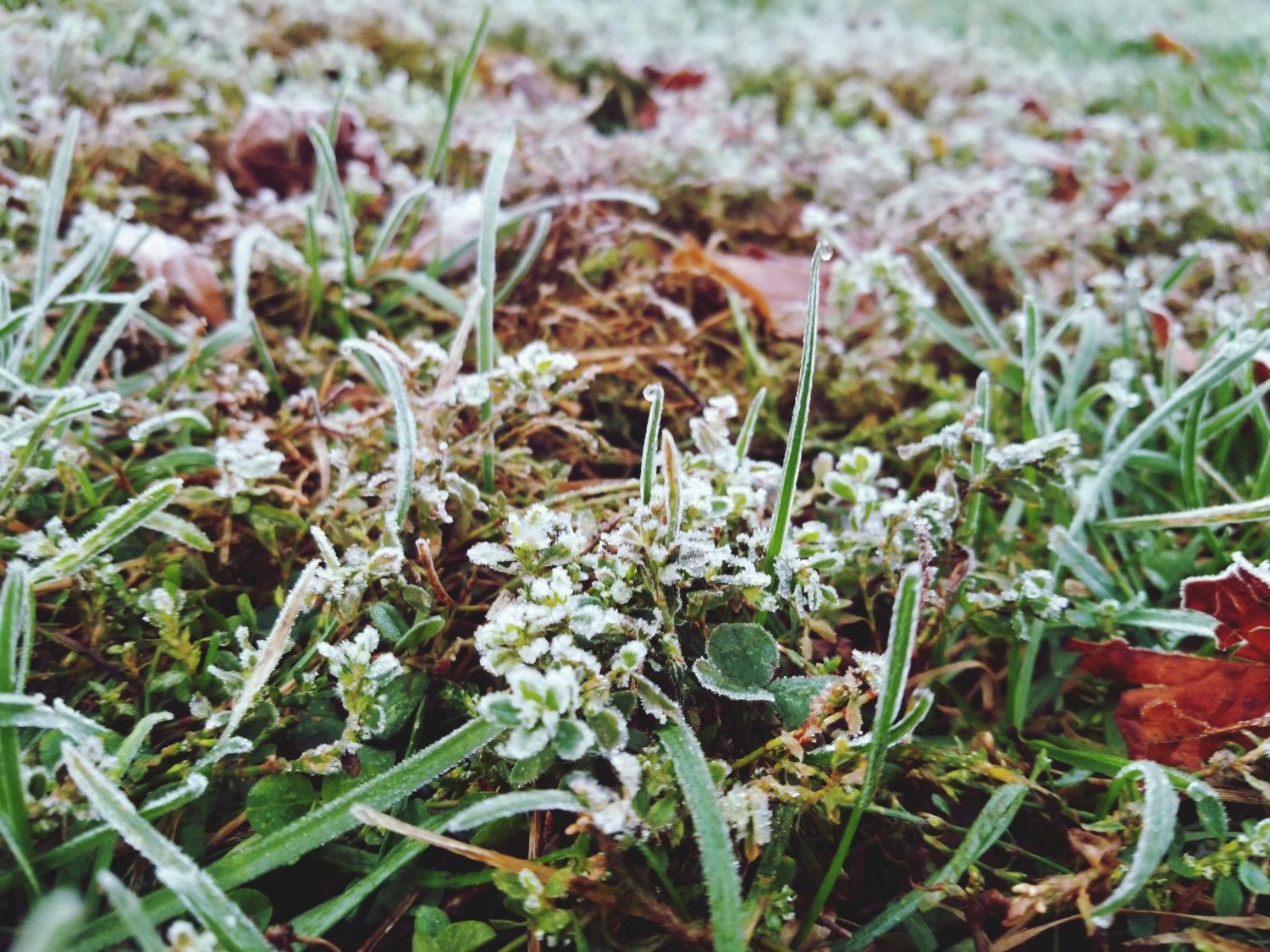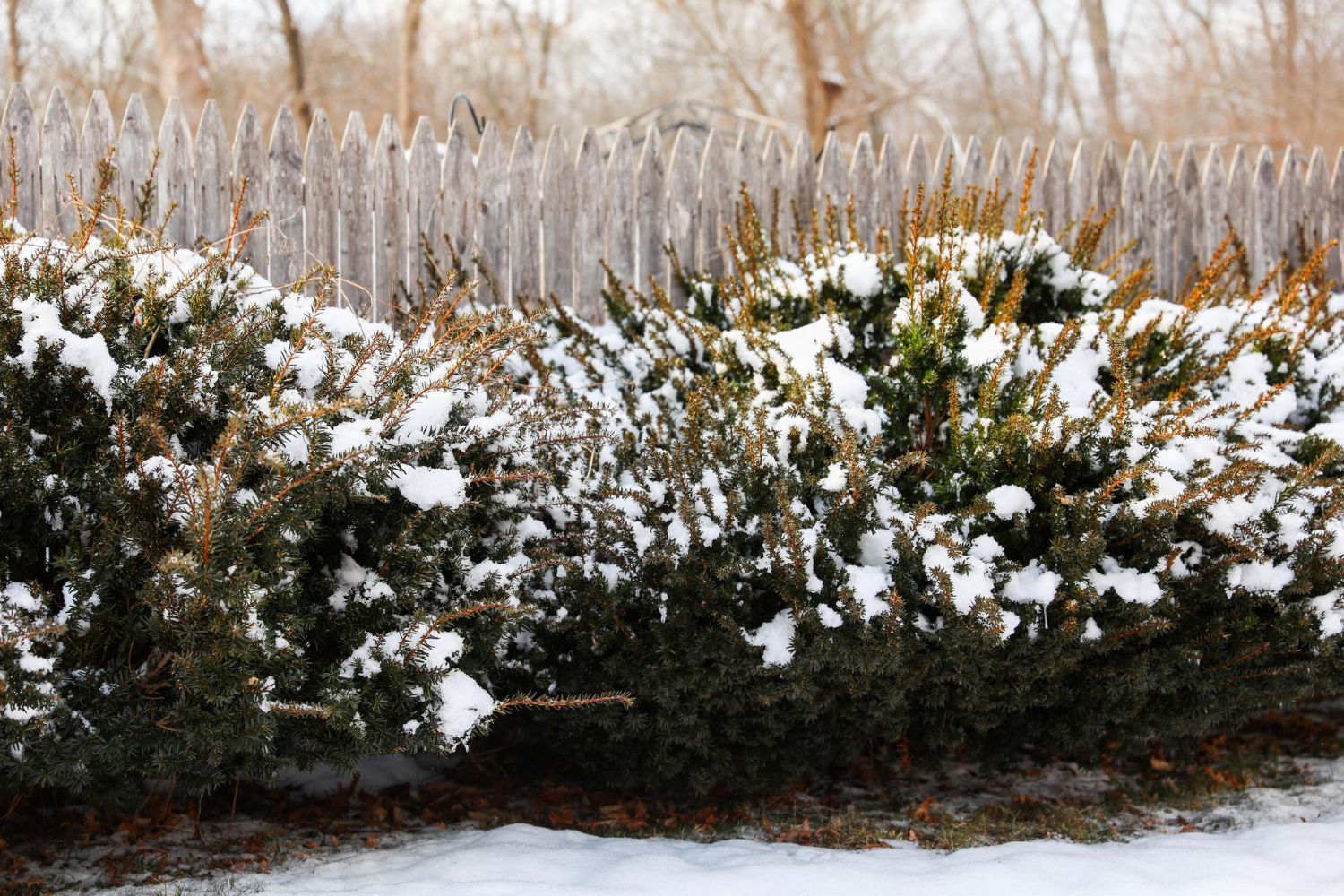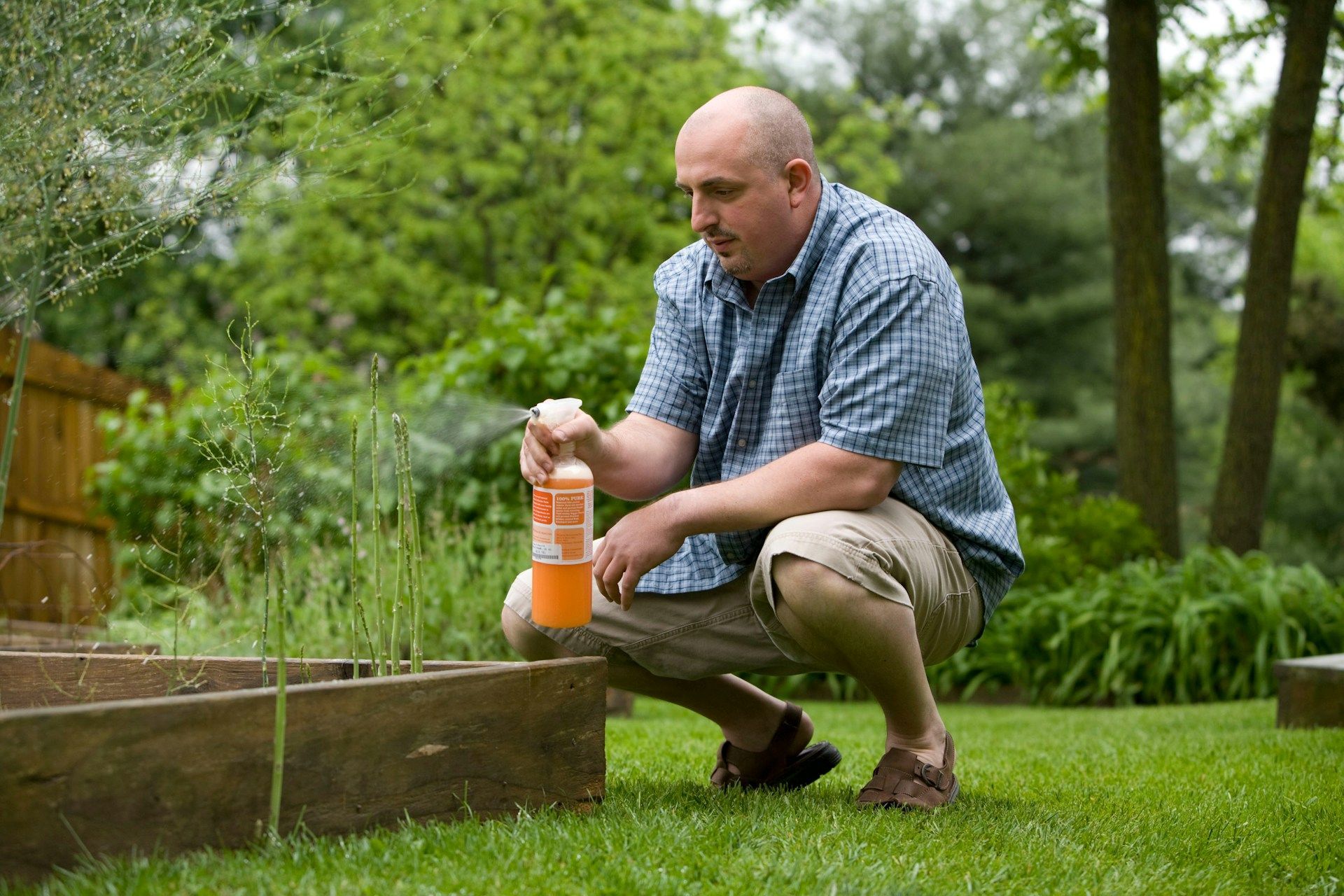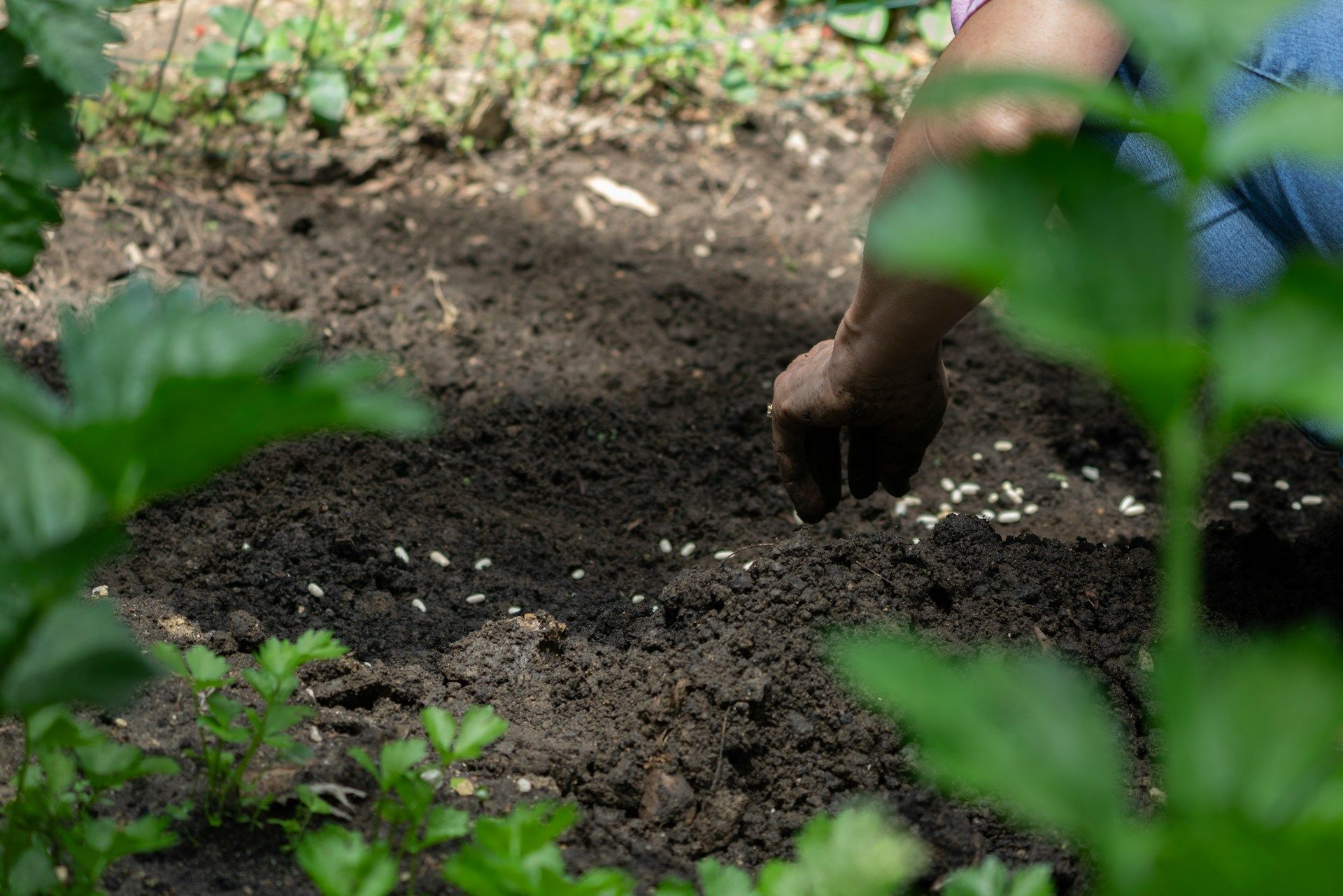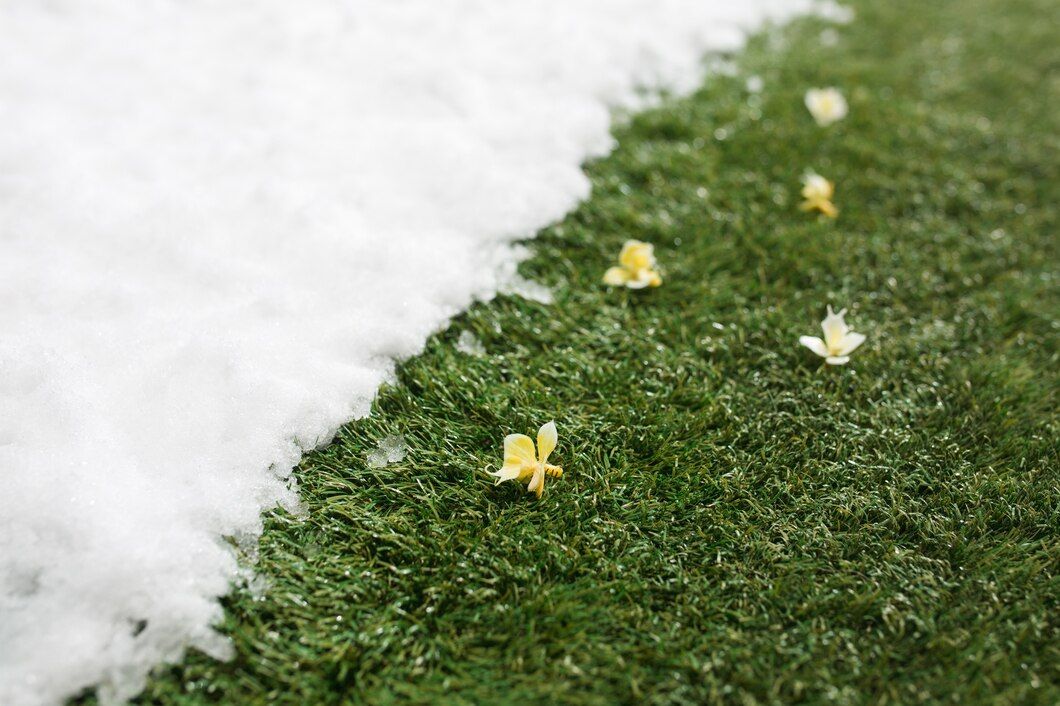Get Your Free Instant Online Quote Here
What Our Customers Are Saying

🟊🟊🟊🟊🟊
"Great service and fertilizer weed guys know what they're doing, very experienced! The best!"
Dan R.
East Brunswick

🟊🟊🟊🟊🟊
"Once I signed up for the mosquito preventative application, my family and I have been able to relax on our back deck for the first time in years."
Scott B.
Old Bridge
Button
🟊🟊🟊🟊🟊
"Got a prompt accurate quote, all details concerning pricing and treatment applications were expertly explained. Their program looks to me as a good value. My first treatment went exactly as they said it would."
Frank A.
Marlboro
🟊🟊🟊🟊🟊
🟊🟊🟊🟊🟊
"Great company with excellent service and lightning quick communication. Technologically ahead of the competition and professionally run."
Chris N.
East Brunswick
Button
🟊🟊🟊🟊🟊
"Healthy Lawn is a fantastic company! My lawn and landscaping look amazing. They have great customer service with knowledgeable and friendly employees. I would definitely recommend them."
Samantha L.
Matawan
Button
How to Mow Your Lawn the Right Way for a Lush, Green Yard
Mowing your lawn may seem simple, but doing it the right way makes a big difference in the health and appearance of your grass. Proper mowing techniques can prevent common lawn problems and keep your grass looking lush and green. Whether you're maintaining your own yard or helping out a neighbor, understanding the basics is key to successful lawn care.
One of the first steps is preparing both your mower and the lawn itself. Ensuring your mower is in top condition and your grass is ready for a trim can set the stage for a smooth mowing experience. Paying attention to details like mowing height and direction also plays a crucial role in achieving a uniform, healthy lawn.
As you learn more about the best practices for mowing, you'll discover tips that make the process safer and easier. By approaching lawn care mindfully, you ensure that your outdoor space remains inviting and well-kept throughout the year.
Preparing Your Lawn and Mower
Steps for Setting Up Your Mower
Before you start mowing, it's vital to ensure your mower is ready for the task ahead. Here are the steps to set it up properly:
1. Check the Fuel and Oil Levels: Make sure your mower has enough fuel and the oil is at the right level. This prevents engine strain and extends the lifespan of the mower.
2. Inspect the Blades: Sharp blades provide clean cuts. Dull blades can tear grass, leaving it vulnerable to disease. Sharpen or replace blades if needed.
3. Set the Cutting Height: Adjust the mower's cutting height based on your grass type. Generally, higher cut settings benefit the grass, promoting deeper root growth.
4. Clear the Mowing Path: Remove any debris, toys, or rocks from your lawn. This ensures safety and prevents mower damage.
Following these steps helps keep your mower in great condition and prepares you for efficient mowing sessions.
Checking Lawn Conditions Before Mowing
Your lawn should be ready, too, before you start mowing. Evaluating its condition helps avoid harming your grass:
- Assess Soil Moisture: Mowing wet grass can lead to clumping and uneven cuts. Wait until the grass is dry for a cleaner mow.
- Identify Weed Issues: Spot and address any weed problems before mowing to prevent seeds from spreading. Hand pulling or localized treatments can help control outbreaks.
- Look for Bald Spots: Double-check for areas needing reseeding, as this will direct your focus for targeted care after mowing.
Preparedness ensures that mowing contributes positively to your lawn’s overall health and appearance.
Mowing Techniques for Healthy Grass
Optimal Mowing Height and Frequency
Maintaining the right mowing height is crucial for grass health:
- Grass Type Matters: Different grass types have preferred cutting heights. For most, a height of 2.5 to 3 inches works well, fostering strong root growth and shade to weed seeds.
- Regular Mowing Schedule: Cut the grass frequently enough to adhere to the “one-third rule”—never remove more than one-third of the grass blade. This keeps the lawn looking full and healthy without undue stress.
- Seasonal Adjustments: During dry spells, raise the mowing height slightly to help grass retain moisture and stay lush.
Adhering to these guidelines helps create a robust, green lawn that’s less prone to problems.
Patterns and Directions for Even Growth
Mixing up your mowing patterns can enhance lawn growth and aesthetics:
- Change Directions: Alternate your mowing direction each time you mow. This encourages grass blades to grow more upright and prevents soil compaction.
- Create Patterns: Try simple patterns like stripes or checkerboards. These not only enhance visual appeal but also ensure no blade is missed during the process.
- Be Flexible with Curves: For lawns with curves, maintain a flexible approach to cut effectively along the contours.
Strategic mowing patterns help distribute wear evenly and promote a uniform lawn surface over time.
Handling Clippings and Natural Mulching
Benefits of Mulching Grass Clippings
Using grass clippings as mulch offers practical benefits that enhance lawn health:
- Nutrient Recycling: As they decompose, clippings return valuable nutrients like nitrogen to the soil, promoting healthier grass.
- Moisture Retention: Mulched clippings help retain soil moisture, reducing the need for frequent watering and combating dry spells.
- Weed Suppression: A layer of clippings can limit sunlight reaching the soil, thus reducing weed growth.
Leaving clippings on your lawn acts as a natural fertilizer, improving the soil and promoting lush growth without extra expense.
Collection vs. Dispersal: What Works Best?
Deciding between collecting clippings or letting them disperse requires considering your lawn's specific needs:
Collection Considerations:
- Useful for preventing thatch build-up if your lawn already has a thick layer.
- Helps maintain a clean appearance for events or when the grass grows too long between cuts.
Dispersal Benefits:
- Saves time and effort, eliminating the need for bagging.
- Regular dispersal supports natural mulching, ideal for ongoing soil nourishment.
Evaluate your grass type and local climate to find a balance that suits your lawn care goals and enhances grass vitality.
Safety and Maintenance Tips
Essential Mowing Safety Practices
Prioritizing safety while mowing protects both you and your equipment. Follow these key practices:
1. Wear Protective Gear: Use sturdy shoes, gloves, and eye protection to shield yourself from flying debris.
2. Keep Children and Pets Clear: Ensure children and pets stay indoors or at a safe distance during operation.
3. Mow slopes carefully: Move across slopes to maintain control and prevent tipping. Avoid mowing steep areas to reduce risk.
Safety measures ensure mowing remains a productive and risk-free task, allowing for a safer environment in your outdoor spaces.
Regular Mower Maintenance for Longevity
Routine care extends your mower's life and keeps it running smoothly. Implement these maintenance tasks regularly:
- Oil Change: Replace engine oil periodically to keep the motor running efficiently.
- Air Filter Check: Inspect and clean or change filters to avoid engine clogging.
- Belt and Spark Plug Inspection: Regularly check and replace worn belts and spark plugs to prevent breakdowns.
These practices prevent unexpected malfunctions, ensuring your mower is reliable every time you use it, ultimately saving on repair costs.
Conclusion
Mowing your lawn correctly transforms it into a thriving green space that's the envy of your neighborhood. From preparing your mower to choosing the right mowing height, each step plays a role in enhancing your yard's health and vitality. Consistently applying thoughtful mowing techniques encourages strong growth, helping your grass fend off weeds, pests, and disease.
Strategically handling clippings through mulching or collection also influences the well-being of your lawn, offering nutrients and keeping your yard tidy. By staying safe and maintaining equipment regularly, you ensure the mowing process is efficient and protects your investment in tools.
For vibrant lawns that make a pleasing sight and promote environmental balance, partner with Healthy Lawn. Get expert lawn care services tailored to your needs, ensuring each mowing session adds to the beauty and health of your outdoor sanctuary. Trust our team to bring expert care, so you enjoy a lush landscape without all the frustration.


